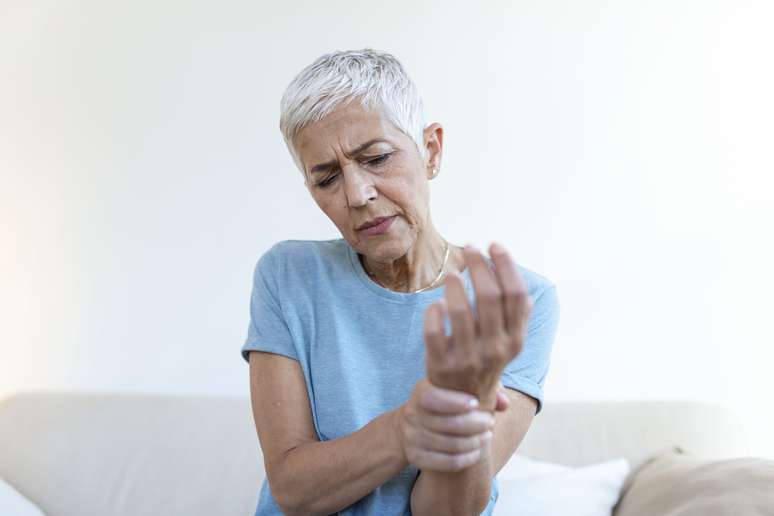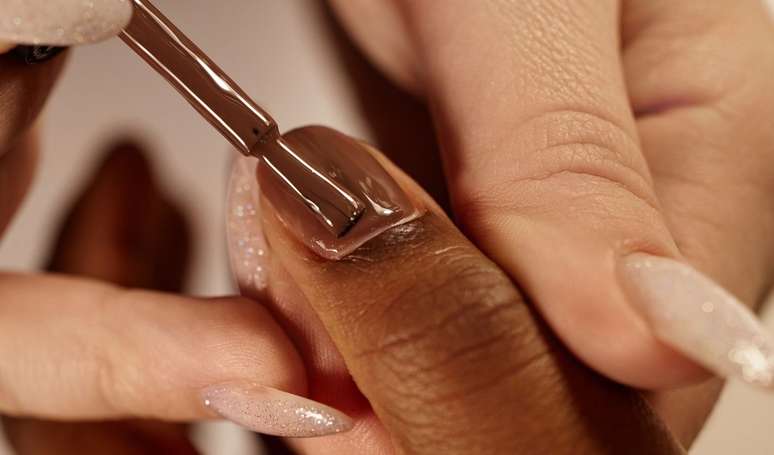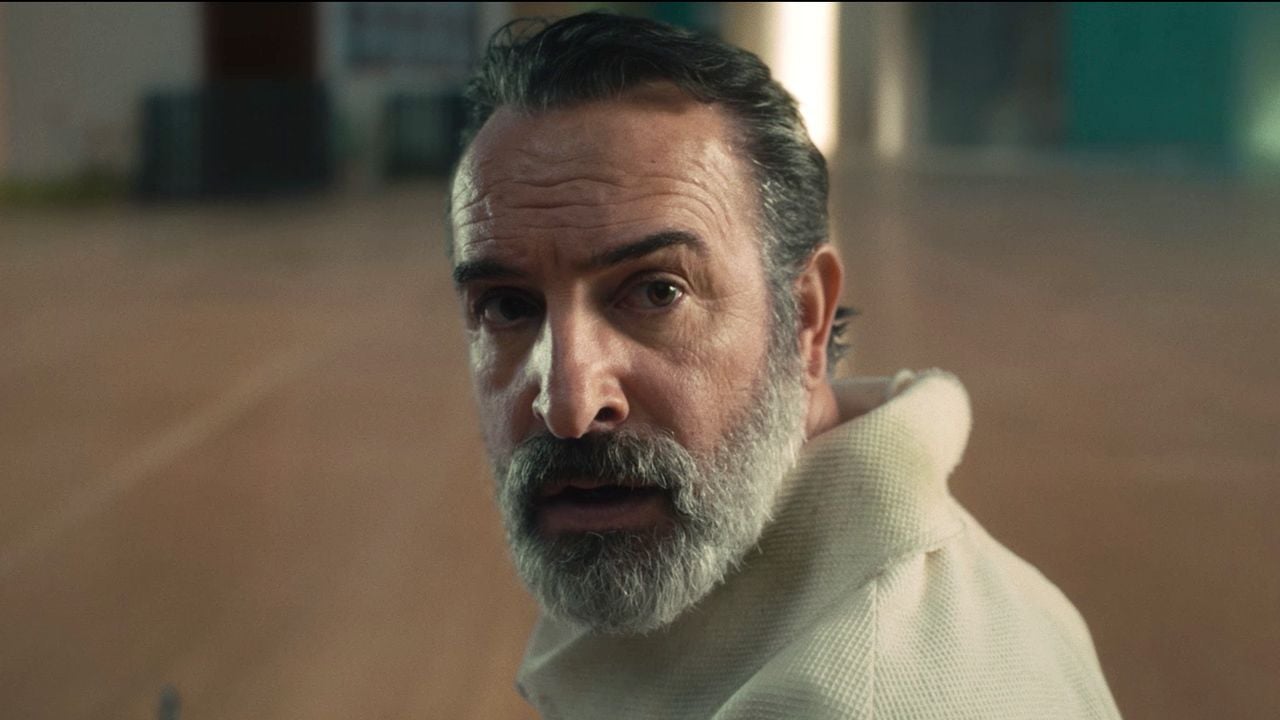Joint pains are common, especially in the cold
Arthosis, also known as osteoarthritis, is one of the main causes of pain and limitation of movement in people over 50 years old
Arthosis, also known as osteoarthritis, is one of the main causes of pain and limitation of movement in people over the age of 50. Characterized by the progressive wear of the cartilage that faces the joints, the disease affects millions of Brazilians and can significantly compromise the quality of life.
Arthosis is a degenerative disease that mainly attacks joint cartilage, causing pain, rigidity and reduction of mobility. The most affected joints are knees, hips, hands, spine and feet. Unlike rheumatoid arthritis, which is an inflammatory disease, arthrosis is related to the “natural wear” of the joints over time.
The risks of osteoarthritis
“Arthosis is often seen as an inevitable consequence of aging, but this is not completely true. There are risk factors that we can control and preventive measures that make the difference,” explains Lucas Amier, a physiotherapist in the orthopedics of the Kalin group.
The main risk factors for the development of osteoarthritis include advanced age, obesity, genetic predisposition, anterior joint lesions, professional overload and physical inactivity. Although some factors such as age and genetics cannot be changed, many others are controllable.
The bad guys of osteoarthritis
Overweight is one of the main bad guys, in particular for the joints that support body weight, such as knees and hips. “Each extra pound represents an overload of about 4 pounds on the knees during the walk. So maintaining a healthy weight is essential to prevent and slow down the progression of arthrosis,” he underlines.
Contrary to what many think, exercise is essential for joint health. “The correct movement feeds the cartilage and strengthens the muscles around the joints, providing greater stability and protection,” says the expert.
Minising the body is essential
The most recommended exercises include low impact aerobic activities such as walking, swimming, cycling and aerobics of water, as well as muscle strengthening exercises focused on the muscles that support the affected joints, the extending flexibility exercises and joint mobilization and proportion exercises to improve balance and coordination.
Small changes in everyday life can make a big difference in the prevention of arthrosis. Experts recommend to avoid carrying excessive weight, wearing suitable and comfortable shoes, maintaining a good body posture, regular pauses in repetitive activities and protecting the joints during physical activities.
When arthrosis is already installed, the treatment should be multidisciplinary and personalized. “There is no unique formula for all patients. Treatment should consider the stadium of the disease, the joints concerned, the patient’s age and their lifestyle,” explains Lucas.
Physiotherapy plays a central role in the treatment of arthrosis. “Our approach aims to reduce pain, improve joint mobility, strengthen muscles and teach the patient to live better with the condition,” says the physiotherapist. The most used techniques include specific therapeutic exercises, manual mobilization of the joint, electrotherapy for pain control, thermotherapy for cold or cold applications and tools of tools and functional activities.
Drugs
Pharmacological treatment can include painkillers, anti-inflammatory drugs and, in some cases, intra-articular injections of hyaluronic or corticosteroid acid. Supplements such as glucosamine and chondroitin can also be recommended, although their effectiveness is still discussed in medical literature.
“The patient is the protagonist of his treatment. Life -style changes are fundamental for
Therapeutic success “,” “underlines Amier. This includes the maintenance of the correct body weight, the regular practice of oriented exercises, adaptations in the domestic and workplace environment and the use of auxiliary devices when necessary, such as rods and orthopedic sunshine.
Myths hinder treatment
There are many myths around osteoarthritis that can compromise the treatment. Contrary to popular belief, people with arthrosis cannot only, but should do adequate exercises, which are fundamental for treatment. Although more common after 50, arthrosis can affect young people, especially after injuries. And unlike the popular belief that there is nothing to do against arthrosis, there are several effective treatments to control symptoms and slow down the progression of the disease.
It is important to seek medical or physiotherapist help – who is also a first contact professional, qualified to diagnose and treat this type of condition – directly to the first sign of persistent joint pain, prolonged morning rigidity or limitation of movement. “The early diagnosis and the immediate start of the treatment can make a difference in the evolution of the disease”, warns Lucas Amier.
The research on osteoarthritis continues to advance, with developing new treatments, including regenerative therapies, specific drugs to slow down the degradation of cartilage and less invasive surgical techniques. “Above all, people understand that arthrosis is not a phrase of pain and limitation. With adequate treatment and lifestyle changes, it is possible to maintain an active and quality life”, concludes the expert.
Source: Terra
Ben Stock is a lifestyle journalist and author at Gossipify. He writes about topics such as health, wellness, travel, food and home decor. He provides practical advice and inspiration to improve well-being, keeps readers up to date with latest lifestyle news and trends, known for his engaging writing style, in-depth analysis and unique perspectives.


-1iv9d9fl4wd46.png)






